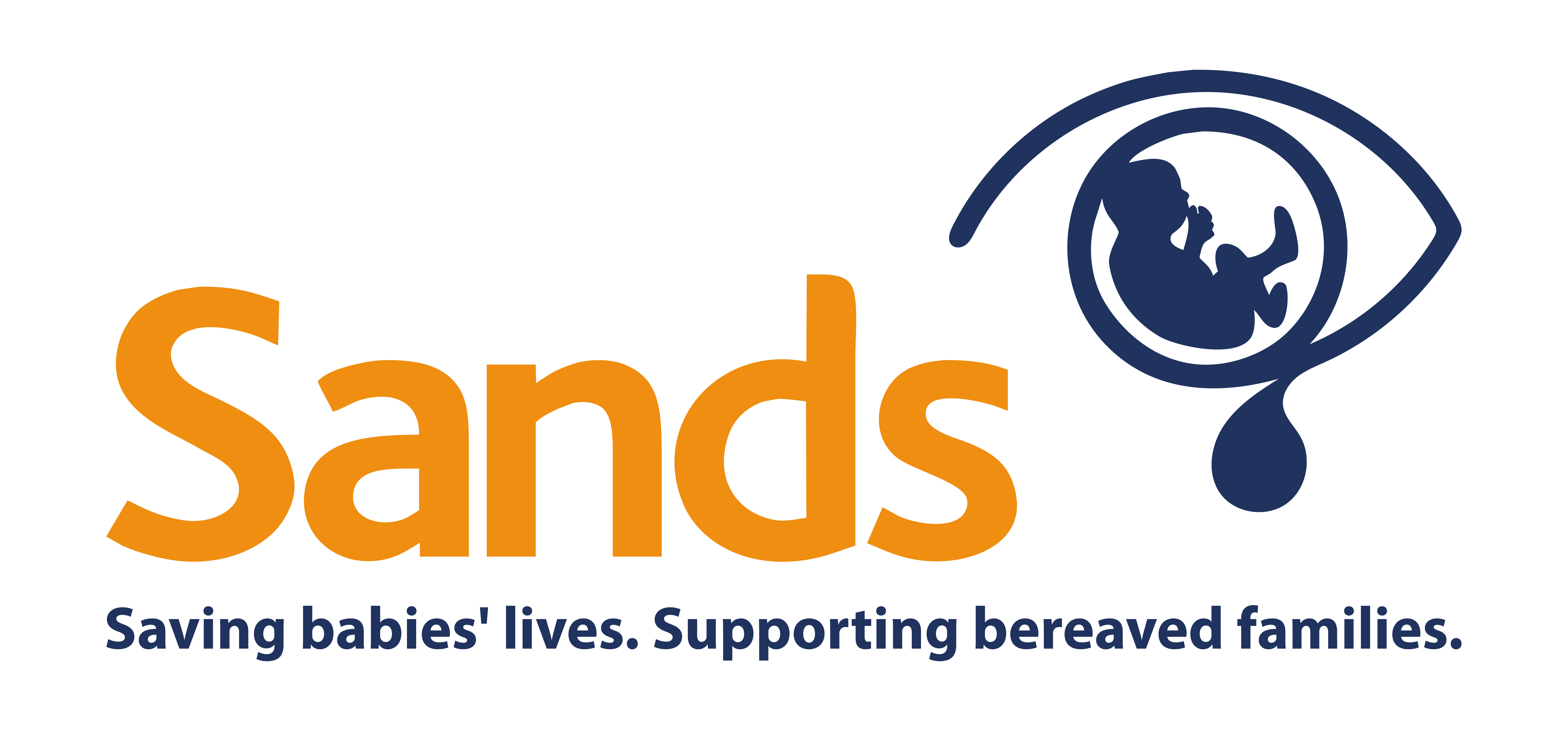Posted 10 十二月 2012
The Sands-funded Stillbirth Clinical Studies Group has recently made its recommendations about the next round of research that Sands will fund and the Sands trustees have chosen 3 projects:
- A 14 month study to determine whether a new scanning approach could predict which babies are SGA (small for gestational age) and therefore be used as a way to predict stillbirth. The study will look at whether routine ultrasound scans at 28 and 36 weeks plus utero placental Doppler scans can predict risk of stillbirth at term, and look at which scan measurements, if any, are accurate predictors. It is known that stillbirth is associated with SGA but currently there is no effective way of predicting SGA babies.
Led by Professor Gordon C S Smith, Department of Obstetrics & Gynaecology, Cambridge University, the results from this study would potentially help to answer the question about increasing and improving use of scans, especially in the third trimester, which could possibly lead to changes in routine care.
- A 2 year study aimed to inform better care for parents who experience the death of a baby and better training for healthcare professionals.
Although there is considerable anecdotal opinion about what makes good bereavement care, there is very little research evidence to guide practice. This study aims to fill that gap by interviewing bereaved parents and holding focus groups with health professionals about their experiences of bereavement care and making recommendations on how care and training can be improved.
The study will be conducted by Dr Dimitrios Siassakos from the University of Bristol.
- A retrospective review of stillbirth post mortem data led by Professor Neil Sebire, Great Ormond Street Hospital & Institute of Child Health UCL London.
This 2 year review will aim to develop a standardised approach to collecting perinatal post mortem data, develop an evidence base for what post mortem investigations are useful and to identify future targeted research studies. We are concerned that there is a lack of research investigating the causes of stillbirth, but one barrier to research is the poor quality of data from post mortems.
At present perinatal post mortem data is reported and stored in different ways by different pathologists, with great variation in what investigations are done, what data is collected and in what format. Standardising the recording of perinatal post mortem results is the first step to improving the use of post mortem data in researching the causes, and therefore prevention, of stillbirth.
Improving the quality of post mortem also has implications for improving the information for parents after their baby’s death, and for improving the process of seeking post mortem consent.
Although we are very excited about these new projects and anticipate they could potentially have a real impact on practice, the level of funding is still relatively small. With increased amounts of money for truly large-scale research projects, we could have a much greater impact on improving antenatal care. We will continue to campaign and lobby the government on this issue.
To make a donation towards research please click here.
